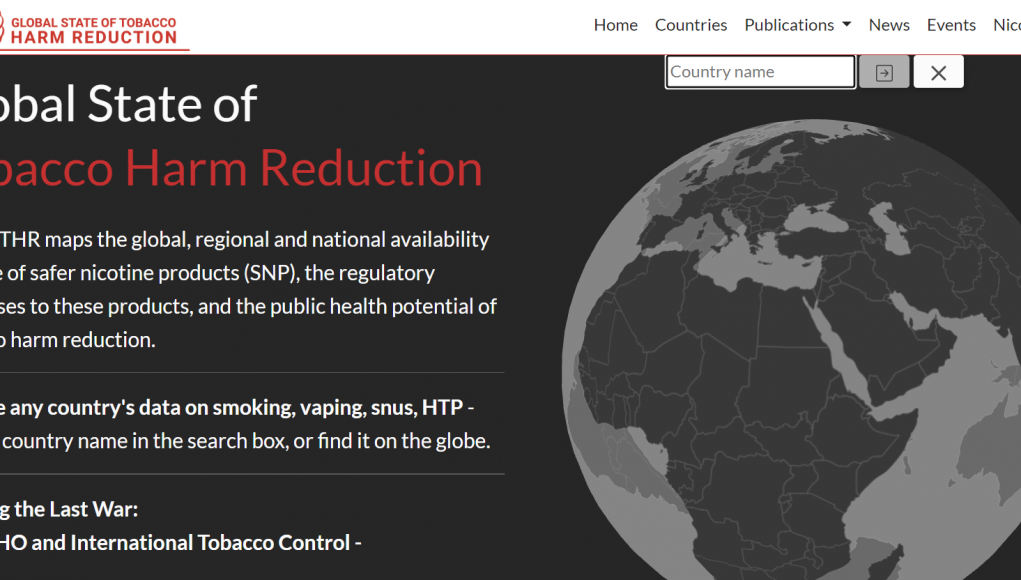Given the world’s grim smoking status, the third edition of the Global State of Tobacco Harm Reduction (GSTHR) outlines a clear framework for safer nicotine alternative products. The Right Side of History report has highlighted that given that over 100 million consumers of alternative nicotine delivery systems, from e-cigarettes to snus, are determined to quit cigarettes.
The report however, while confirmed by the undeniable data obtained by scientific research, does not reflect the current opinions of most public health authorities and politics. “The rise of vaping products, which began life in small start-up companies, often in China, caused disruption, concern and confusion amongst the major tobacco industry players” explains in the introduction Gerry Stimson, director of Knowledge•Action•Change.
“Huge companies producing billions of cigarettes per year were wrong-footed. This new technology didn’t emerge from their research and development facilities, nor could it be claimed by public health. But the evidence matters – and there is a growing mountain of it relating to the greatly reduced risk associated with safer nicotine products. Fortunately, a number of countries could see the benefits of enabling their smoking population to switch from the dangers of smoking cigarettes to much safer products”.
Countries using nicotine alternatives have achieved lower smoking rates
In fact in line with previous findings, a study published in the Harm Reduction Journal, found that countries which endorsed the use of safer nicotine alternatives are enjoying lower smoking rates. The study titled “Can alternative nicotine products put the final nail in the smoking coffin?,” looks into how smoking rates evolved in countries where the use of alternative nicotine products such as vapes and snus was adopted.
“The data indicate that countries with high adoption of alternative nicotine products have been able to achieve lower smoking rates. The findings suggest that adoption of alternative nicotine products may help in reduce smoking prevalence faster than traditional tobacco control measures solely focused on prevention and cessation,” read the study Abstract.
Countries following WHO guidelines struggle with higher smoking rates
Similarly, a 2021 59-page white paper discussing case studies conducted in several countries to measure smoking cessation-related progress, had shown that those following the World Health Organization’s guidance, keep struggling with higher smoking rates.
Titled “Vaping Works. International Best Practices: United Kingdom, New Zealand, France and Canada,” the publication was released by the Property Rights Alliance. It consisted of four respective case studies by Christopher Snowdon (Institute of Economic Affairs, the UK), Louis Houlbrooke (New Zealand Taxpayers’ Union, New Zealand), Patrick Coquart (IREF, France), and Prof Ian Irvine (Concordia University, Canada), and confirmed what public health experts have been pointing out all along.
“Countries applying progressive Tobacco Harm Reduction policies are enjoying a significant fall in smoking rates. Whereas those following the World Health Organization’s guidance continue to experience excessive smoking-related illnesses and deaths,” said the Coalition of Asia Pacific Tobacco Harm Reduction Advocates (CAPHRA).
Read Further: CoEHAR












